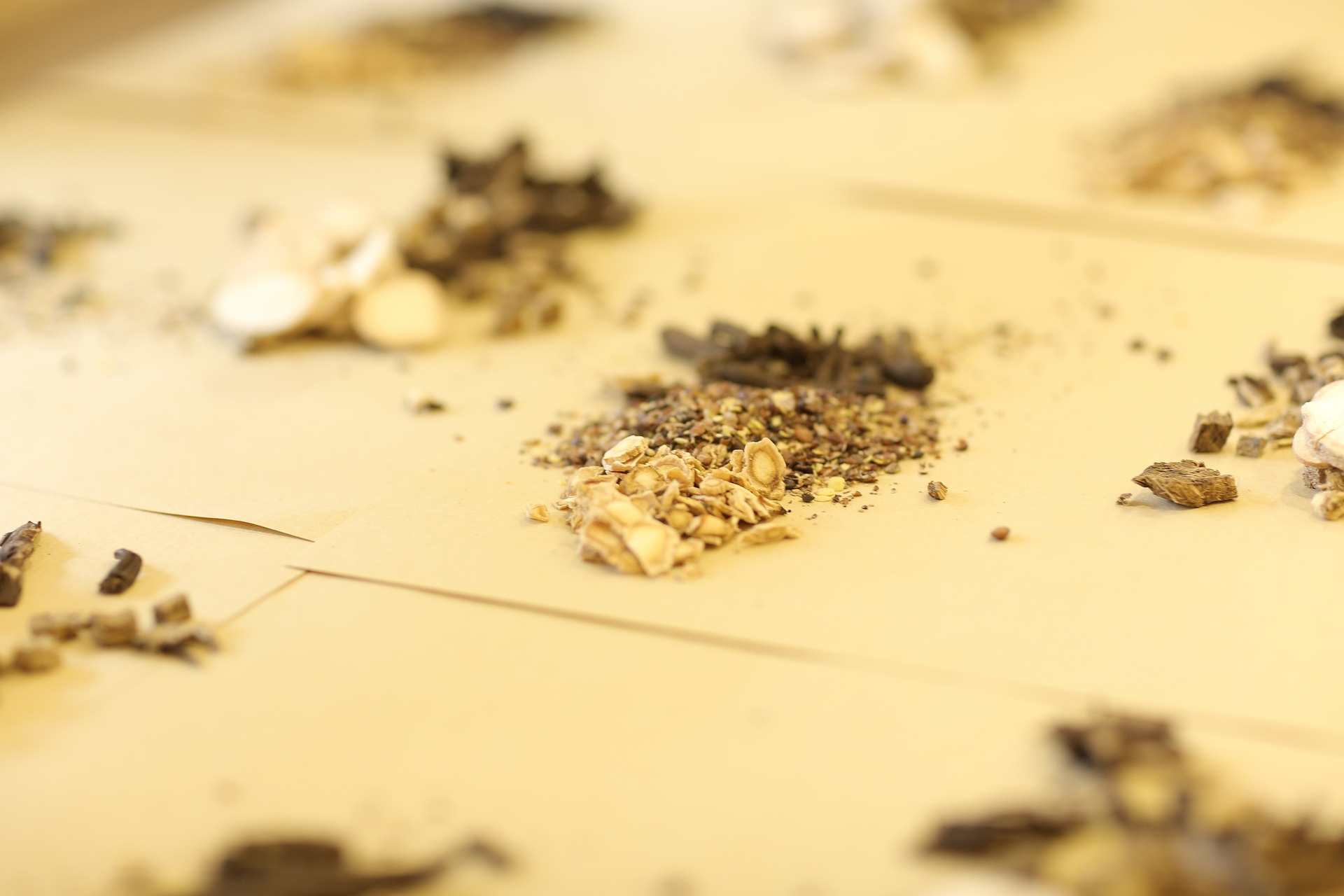Toward a Connected History of Chinese Medicine: The Case of Phlegm (tan 痰)

This is a hybrid seminar.
To register for Zoom: https://ntu-sg.zoom.us/meeting/register/tZAsd-qvrzkoH9ZbMVpTnfyBQxG850ylsct6
To register for in-person attendance at SHHK Meeting Room 3: https://wis.ntu.edu.sg/webexe88/owa/REGISTER_NTU.REGISTER?EVENT_ID=OA23042609530340
Phlegm (tan 痰) figures as a major cause and consequence of disease in late imperial Chinese medicine. Curiously, however, when we go back to the classics, the very notion of phlegm is entirely absent. The rise of phlegm represents one of the fundamental transformations in the history of Chinese medicine. In this presentation, I argue that a little-known chapter on phlegm in Wang Gui’s 王珪 (1264–1354) On the Art of Nourishing Life (1338), notable for discussing a host of unprecedented practices and concepts in Chinese phlegm theory, was pivotal for this transformation. I draw attention to a strong resemblance with Galenic medical theories and argue that this resemblance was the result of a hitherto overlooked knowledge transmission, that is the transmission of Galenic medical ideas to pre-modern China. I show that, although at first sight, the work seems to be composed entirely within the framework of traditional Chinese medicine, it is actually a translation: Its author, Wang Gui, has rearranged existing emic notions and concepts and put them to work to ‘translate’ some of the core theories of Galenic medicine into a Chinese medical framework. I then go on to situate On the Art of Nourishing Life in the context of the corpus of earlier and later works in Chinese medicine and discuss the ways in which it promoted the rise of phlegm in Chinese medical theory, and how this rise, in turn, spurred major transformations in the understanding of sickness—in terms of both etiology and therapy. I also demonstrate, that the very term ‘phlegm’ (tan 痰) ceased to mean ‘phlegm’ in the narrow sense of the word, but began to be used to render and translate the full range of the pathogenic Galenic humours: phlegm, bile, and black bile.
Natalie Koehle is a lecturer in History and Philosophy of Science at Sydney University. She researches the history of Chinese medicine, and has comparative interests in the history of Indian, Tibetan, and medieval Greco-Islamic medical traditions. She works on two book projects: one on the longue durée history of Donkey Hide Gelatin (ejiao 阿膠), and one on the global history of Chinese phlegm (tan 痰). Natalie received her PhD from the Department of East Asian Languages and Civilizations, Harvard University and has held previous appointments at the Australian National University and Hong Kong Baptist University. Her publications include an experimental edited volume, Fluid Matter(s): A Cross-cultural Examination of the Imagination of the Humoral Body, which explores the use of interactive, image-based storytelling for academic communication, and a forthcoming article with the Bulletin of the History of Medicine, entitled “The Many Colors of Excrement: Galen and the History of Chinese Phlegm.”

